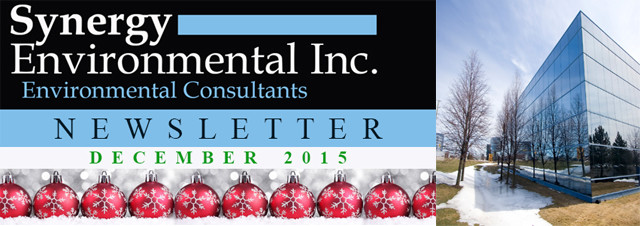COULD PHILADELPHIA BECOME THE GREAT ENERGY HUB OF THE NORTHEAST?
Stradley Ronon Stevens & Young, LLP
Andrew Levine
Fall 2015
This article was originally published in Keystone Business 2015 – Keystone Conference on Business and Policy
One of the most exciting developments to happen to the Philadelphia metropolitan economy has been the advent of the availability of large quantities of affordable natural gas from the Marcellus Region, parts of which are within easy driving distance of the city. The discovery of the formations has Pennsylvania at the center of an international geo-political energy discussion, and the Greater Philadelphia Energy Action Team (GPEAT) is working to maximize these opportunities. Philadelphia has the logistical attributes to take the resource in its backyard, and parlay that natural asset into entirely new lines of industry and business in the region. Investment capital and opportunities following into the Philadelphia area at an unprecedented rate, raising the very real prospect that Philadelphia can become the great energy hub of the Northeast, providing credible long-term market competition to the Gulf States.




